I'm still working on improving the PewPew series of devices. #PewPew M4 is pretty close to my ideal, but it would be nice to have something with a little bit more luxury: larger screen, volume control, more RAM memory. The Raspberry Pi Pico module seems to be a good vehicle for this: it has enough pins to use parallel interface to drive a bigger screen fast, and it has a lot of memory for such a tiny chip.
It won't be as cheap, of course — the screen alone is three times more expensive — but I think I can still keep the price reasonable.
 deʃhipu
deʃhipu
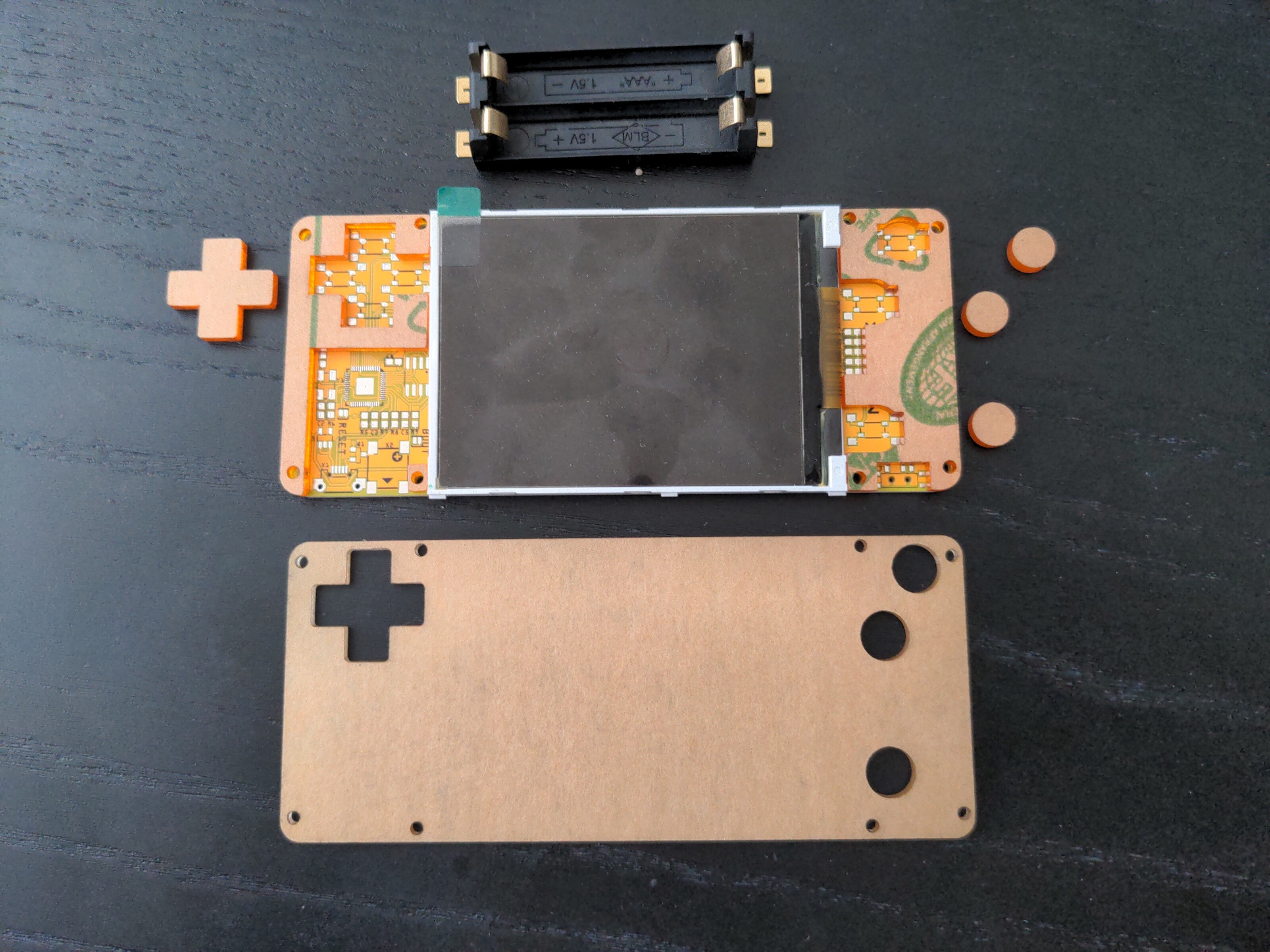


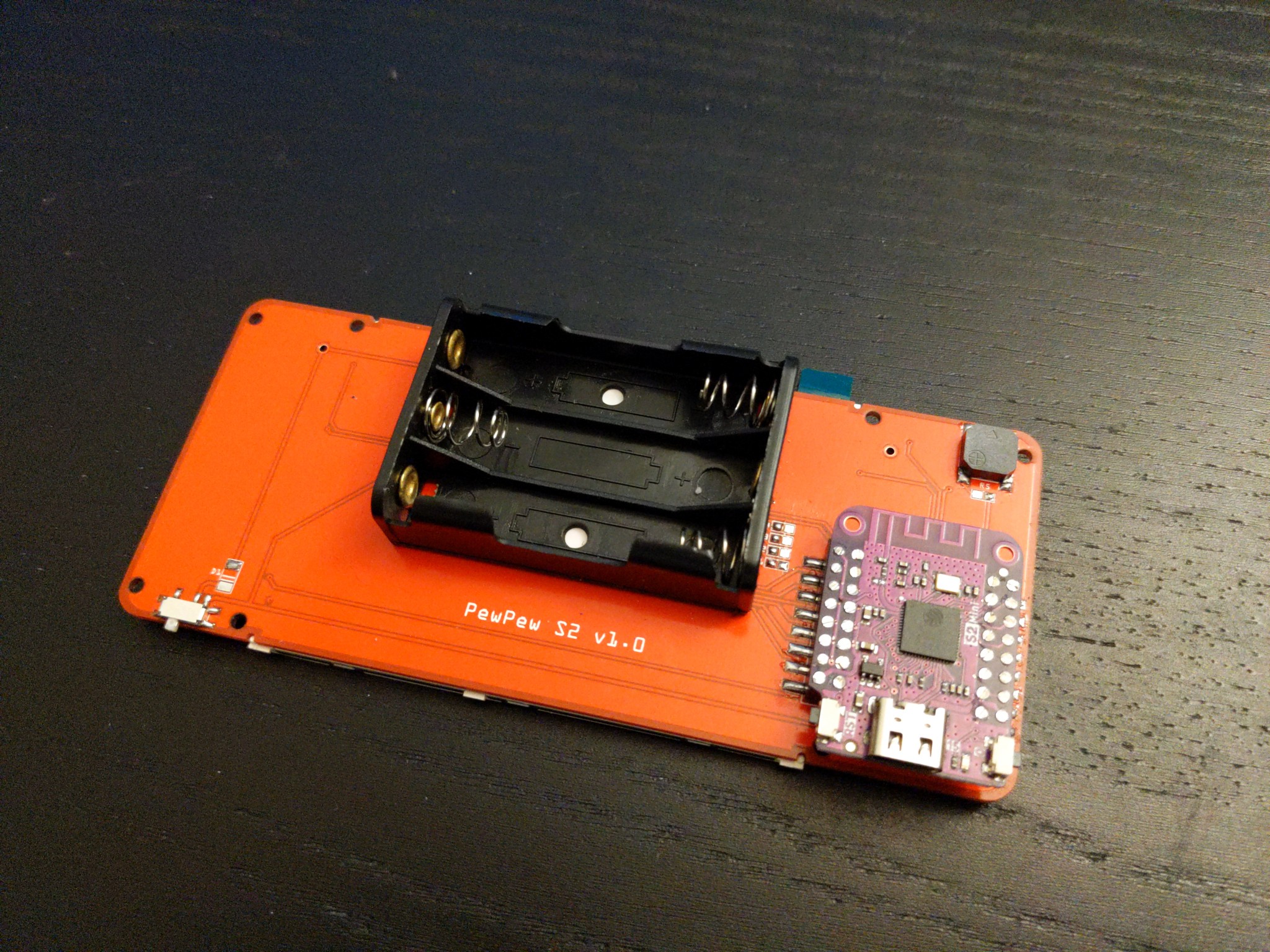

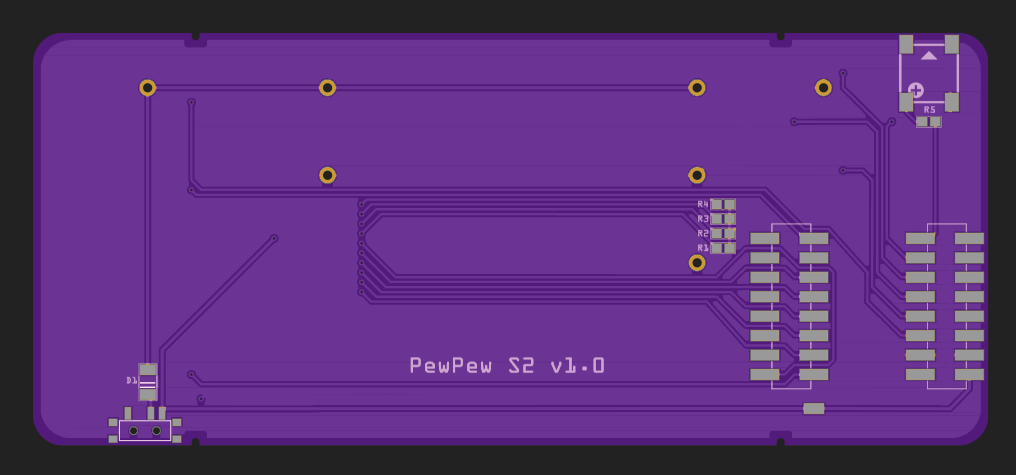


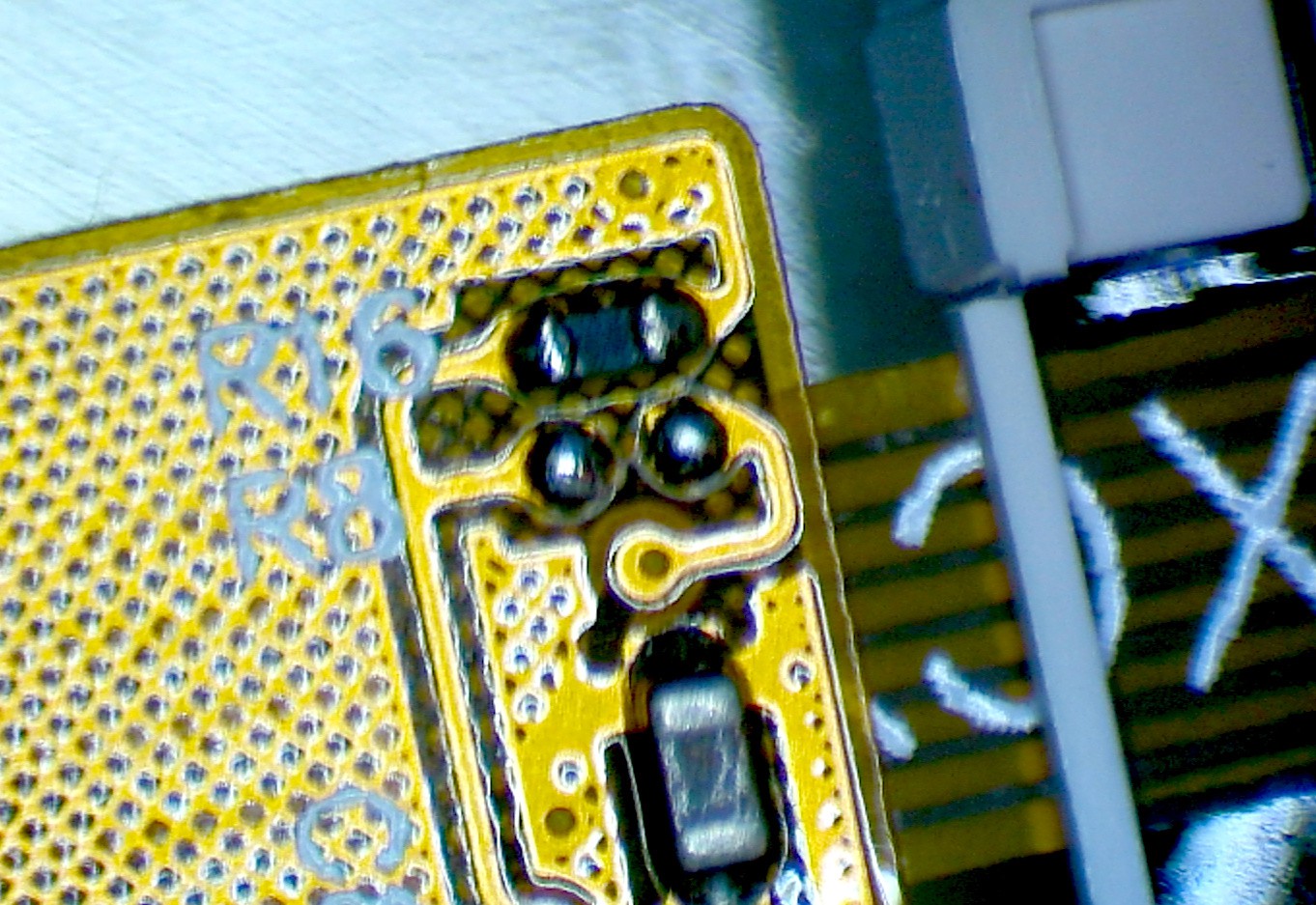
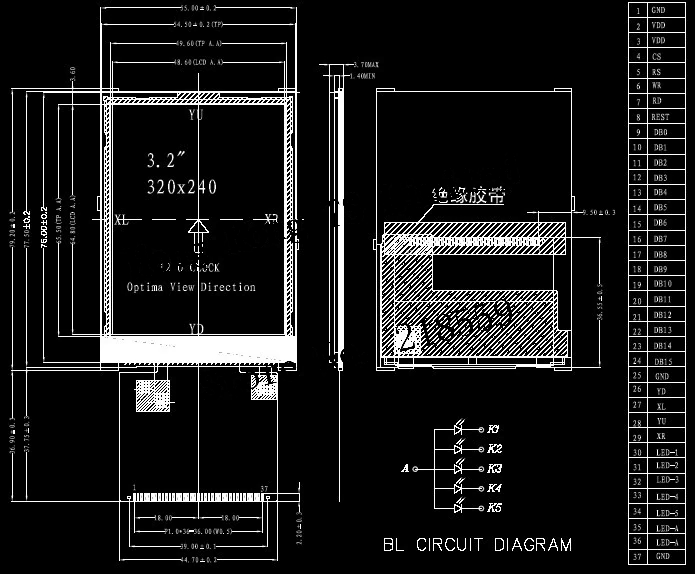
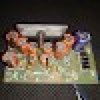


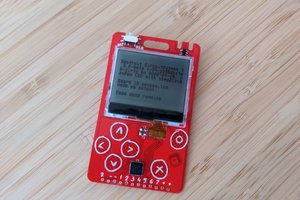
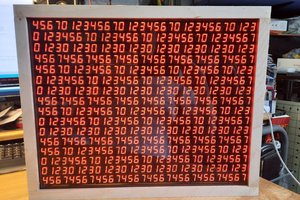
 seasleyece
seasleyece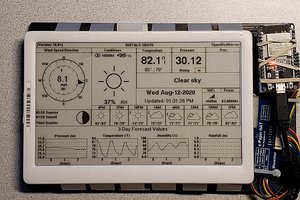

 Chris Combs
Chris Combs
helow great project what is the model no of lcd please tell me